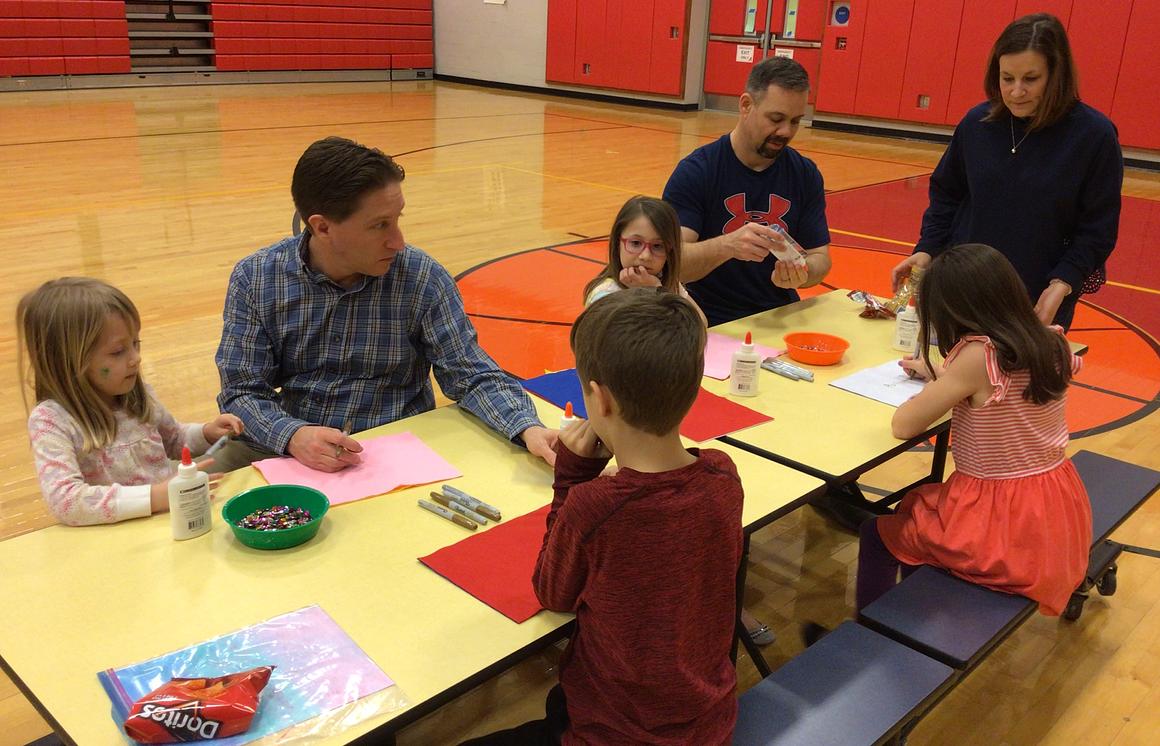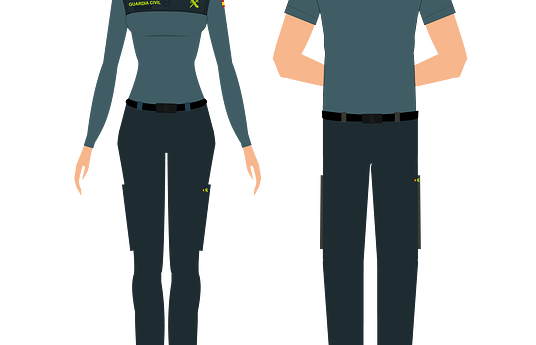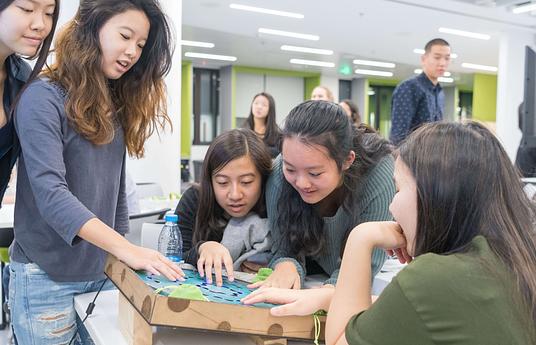Demographics had shifted enough that we had to ask: What happens when the family does not fit our “mold”? The first set of empathy interviews we conducted indicated that parents felt that no one ever asked them what they thought. Or, they didn’t know that their feedback was welcomed in our district. This was especially true of families with language and cultural differences.
"Hi Neighbor!" can take many forms but at its core it centers on meeting and learning about each other. For example, we introduced Christmas Around the World and featured how this holiday is celebrated in six different countries. It was the parents who were in charge of decorating and outfitting the tables. It's the teachers who volunteered to help them. One mother did not speak English well but she felt heard. It was rewarding to see families we don’t usually see and it was encouraging to meet many new families who wanted to check out this unique, festive and welcoming opportunity.
We have learned that you don't have to script every part. If you provide the space and the food (food is a good gathering reason), the rest can happen naturally and authentically. Keep asking: What can we learn, what can you tell us? Many of the families who came may never have walked through our door before.
The celebrations now extend up to the secondary campus. There, we wanted to honor the inspiration of ‘Hi Neighbor!’ but gain student ideas too. We used the same process but worked with the teachers to include a group of 7th - 12th grade students. They were front and center of planning the event. It was the students who chose the food and also selected the celebration and culture to feature, planned the tables, showcased the celebration/culture and picked the artifacts. As the school committee, we’re not there to stifle ideas. Our job is to ask: What is important to you? We’re there to figure out how we can help make it happen.
School and parent leadership can create a "let's try this" kind of willingness. It's also leadership that can play a big role in helping remove obstacles, challenges and barriers, and help provide the resources. Then, step aside to let the rest happen naturally. Ask for help, and for advice. People want to give their feedback. New ideas can become reality when we work together.




